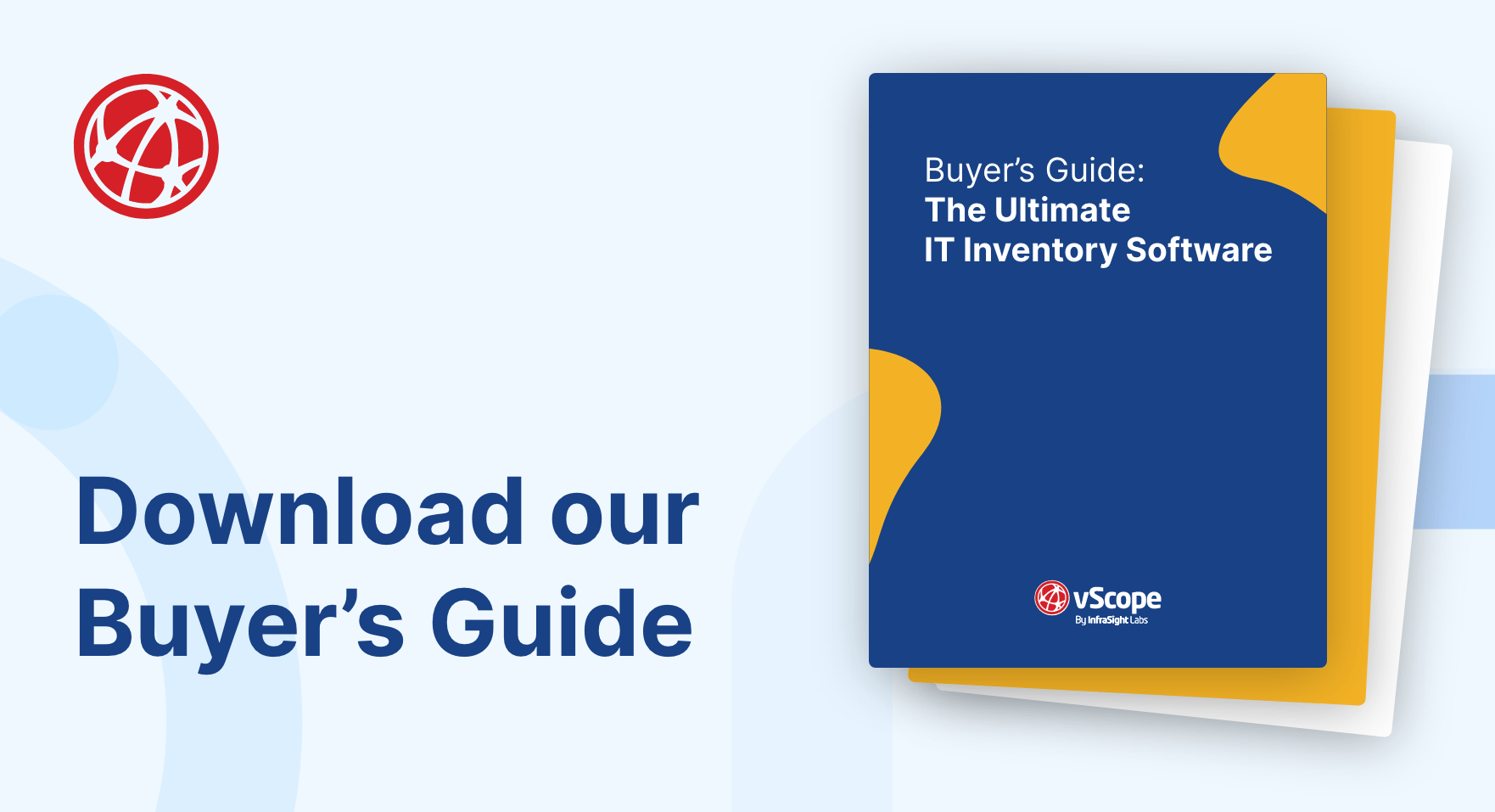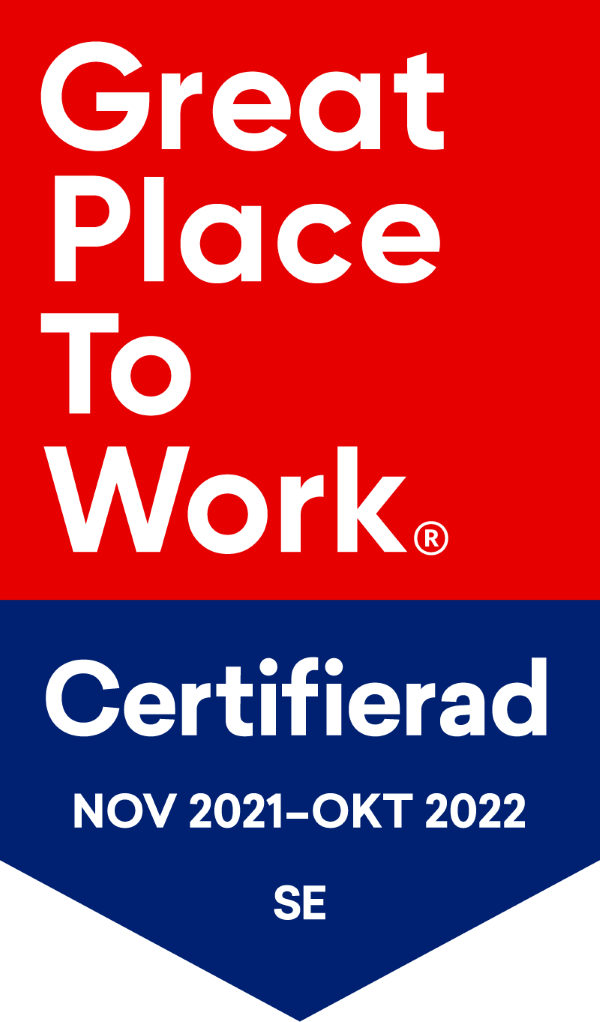BLOG
The Ultimate Guide to IT Asset Inventory: Best Practices and Tools
In the ever-evolving world of technology, managing and maintaining IT assets is crucial for the smooth functioning of any organization. From hardware devices and software licenses to network equipment and digital resources, IT asset inventory plays a significant role in ensuring optimal performance and cost-effective operations.
Understanding IT Asset Inventory
When it comes to managing an organization’s IT infrastructure, one crucial aspect that cannot be overlooked is IT asset inventory. This process involves more than just keeping a record of the assets; it is a systematic collection and management of both tangible and intangible assets within the IT ecosystem.
Defining IT asset inventory is essential to understand its significance. It encompasses the tracking and organization of hardware, software, network resources, and other assets that contribute to an organization’s technology landscape. By doing so, it enhances visibility, control, and decision-making capabilities.
Importance of IT Asset Inventory
The importance of IT asset inventory cannot be overstated. It serves as a foundation for effective IT asset management, risk mitigation, and cost optimization. By accurately tracking assets, businesses can prevent unauthorized hardware and software usage, reduce downtime, and ensure compliance with licensing agreements and security protocols.
Moreover, IT asset inventory provides valuable insights into an organization’s technology landscape. It enables businesses to have a comprehensive understanding of their IT infrastructure, including the hardware and software components, network resources, and digital assets. This understanding is crucial for making informed decisions, planning for future upgrades, and identifying areas for improvement.
Key Components of IT Asset Inventory
An effective IT asset inventory encompasses various components that need to be tracked and managed diligently. These components include:
- Hardware Devices: This category includes computers, servers, printers, networking equipment, and peripherals. Keeping track of these devices ensures that they are properly maintained, upgraded when necessary, and replaced when they reach their end-of-life.
- Software Licenses: Tracking software licenses is crucial for compliance and preventing legal and financial risks. It ensures that organizations are using licensed software and not exceeding the number of allowed installations.
- Network Resources: Routers, switches, firewalls, and other network infrastructure elements are essential assets to monitor. By tracking these resources, organizations can ensure that their network is secure, optimized, and capable of supporting their business operations.
- Digital Resources: Data files, databases, and virtual assets are an integral part of IT asset inventory. Managing these resources involves ensuring data integrity, implementing backup and recovery strategies, and optimizing storage utilization.
By comprehensively managing these components, organizations can optimize asset utilization, streamline procurement processes, and enhance IT support and service delivery. IT asset inventory plays a vital role in maintaining a healthy and efficient IT infrastructure.
Best Practices for IT Asset Inventory
Managing IT assets is a critical task for any organization. To ensure the smooth functioning of your IT infrastructure, it is important to have a well-defined plan in place. In this expanded version of the HTML text you provided, we will explore some additional best practices for IT asset inventory.
Planning and Preparation
Before diving into IT asset inventory, it is crucial to develop a detailed plan. Define objectives, establish team responsibilities, and outline inventory procedures. Conduct a thorough assessment of existing assets and data sources to ensure comprehensive coverage.
During the planning phase, it is also important to consider the scalability of your inventory system. As your organization grows, the number of IT assets will increase, and your inventory system should be able to handle this growth seamlessly. Consider using a cloud-based inventory management system that can easily scale with your needs.
Regular Auditing and Updating
Regular audits are vital for maintaining accurate asset records. Implement a schedule for conducting inventory checks and updates. Ensure that all changes, additions, and disposals are promptly recorded to avoid inaccuracies and discrepancies.
In addition to regular audits, it is also important to perform periodic physical inspections of your IT assets. This will help identify any missing or misplaced assets, as well as detect any signs of damage or wear and tear. By conducting physical inspections, you can ensure that your inventory records align with the actual state of your assets.
Implementing Asset Tagging
Asset tagging involves labeling physical assets with unique identification codes. This simplifies tracking, reduces manual errors, and facilitates asset identification during audits. Use barcode or RFID tags for efficient scanning and data capture.
When implementing asset tagging, it is important to establish a standardized naming convention for your assets. This will ensure consistency and make it easier to locate specific assets when needed. Additionally, consider using color-coded tags to categorize assets based on their type or department. This can further streamline the inventory management process.
Ensuring Data Security and Compliance
Effective IT asset inventory must prioritize data security and compliance. Safeguard sensitive information by employing robust security measures and access controls. Comply with legal and regulatory requirements to mitigate risks associated with privacy breaches and unauthorized access.
One important aspect of data security is ensuring that all IT assets are properly disposed of when they reach the end of their lifecycle. This includes securely erasing data from storage devices and physically destroying them if necessary. By following proper disposal procedures, you can prevent sensitive information from falling into the wrong hands.
Furthermore, it is essential to regularly update your inventory system with the latest security patches and software updates. This will help protect your IT assets from potential vulnerabilities and ensure that your inventory system itself is secure.
By following these best practices, you can establish a robust IT asset inventory management system that will help you effectively track, manage, and secure your organization’s valuable IT assets.

Tools for IT Asset Inventory
Criteria for Choosing the Right Tool
When selecting an IT asset inventory tool, there are several important criteria to consider. Scalability is a key factor to ensure that the tool can handle the organization’s growing asset inventory. It should be able to accommodate an increasing number of assets without compromising performance or functionality.
Integration is another crucial criterion. The tool should seamlessly integrate with existing IT systems and processes. This allows for efficient data exchange and avoids duplication of efforts. A well-integrated tool can provide a holistic view of the organization’s IT assets, enabling better decision-making and resource allocation.
User-friendly interface is also an important consideration. Opting for intuitive tools can streamline asset tracking and management. A user-friendly interface reduces the learning curve and enables employees to quickly adapt to the tool, maximizing productivity and minimizing errors.
Reporting capabilities are another essential criterion. Look for tools that generate comprehensive reports for analysis and decision-making. These reports should provide insights into asset utilization, maintenance history, and other relevant metrics. Having access to accurate and detailed reports can help organizations optimize their IT asset management strategies.
Overview of Popular IT Asset Inventory Tools
There are various IT asset inventory tools available in the market, each with its own unique features and benefits. Let’s take a closer look at some of the popular ones:
- Asset Panda: Asset Panda offers a customizable and user-friendly platform for end-to-end asset management. It provides organizations with the flexibility to tailor the tool to their specific needs, ensuring a seamless fit into existing workflows. With Asset Panda, organizations can easily track and manage their IT assets, improving visibility and control.
- Snipe-IT: Snipe-IT is an open-source solution for tracking and managing IT assets. It offers a cost-effective option for organizations that prefer a community-driven approach. Snipe-IT provides features such as asset tagging, check-in/check-out functionality, and customizable asset fields. It is a popular choice among small to medium-sized businesses.
- vScope: Samanage is a comprehensive IT asset inventory tool that offers robust features like automated asset scanning and software license management. It provides organizations with visibility into their IT assets, allowing for proactive maintenance and compliance management. vScope’s automation capabilities help streamline asset inventory processes, saving time and reducing the risk of human error.
These tools have gained popularity due to their ability to streamline IT asset inventory processes and improve asset visibility and control. Organizations can choose the tool that best aligns with their specific requirements and budget.
Pros and Cons of Automated Tools
Automated IT asset inventory tools offer numerous benefits. They simplify data collection by automating the process, reducing the need for manual data entry. This improves accuracy and reduces the risk of human error. With automated tools, organizations can quickly and efficiently gather information about their IT assets, saving time and resources.
Another advantage of automated tools is the ability to generate real-time reports and analytics. These reports provide valuable insights into asset utilization, maintenance history, and other key metrics. Organizations can use this information to make informed decisions about asset allocation, maintenance schedules, and future investments.
However, there are some considerations to keep in mind when implementing automated tools. Initial investment is required to purchase and set up the tool, as well as any necessary hardware or software infrastructure. Training may also be needed to ensure that employees are familiar with the tool’s features and functionalities.
Additionally, customization may be necessary to align the tool with specific organizational needs. This can involve configuring the tool to match existing workflows, integrating it with other systems, or adding custom fields and data points. While customization allows for a tailored solution, it may require additional time and resources.
It is important to carefully balance the costs and benefits of implementing automated tools. Organizations should consider factors such as the size of their asset inventory, the complexity of their IT infrastructure, and the expected return on investment. By conducting a thorough evaluation, organizations can make an informed decision about whether automated IT asset inventory tools are the right choice for them.
Overcoming Challenges in IT Asset Inventory
Dealing with Incomplete or Inaccurate Data
Incomplete or inaccurate data can hinder effective asset management. Standardize data entry formats and establish validation procedures to ensure accuracy. Regularly review and update asset information to maintain data integrity.
Managing Software Licenses
Software license management presents its own set of challenges. Implement a centralized system for tracking licenses, renewals, and compliance. Conduct regular audits to identify unused or unauthorized software, saving costs and reducing legal risks.
Handling Hardware Lifecycle
Managing the lifecycle of hardware assets is essential to maximize their value and reduce unnecessary expenses. Create a comprehensive hardware lifecycle management plan that includes procurement, maintenance, upgrades, and disposal in accordance with organizational policies and industry best practices.
By following best practices, utilizing reliable tools, and overcoming common challenges, organizations can establish a robust IT asset inventory system. Effective asset management leads to improved decision-making, enhanced security, and optimized resource allocation. Take the time to develop and implement a comprehensive IT asset inventory strategy, and reap the benefits of streamlined operations and increased productivity.
Subscribe to our Newsletter
Let us keep you posted on product updates, news, and market insights that help you build a more productive organization.


